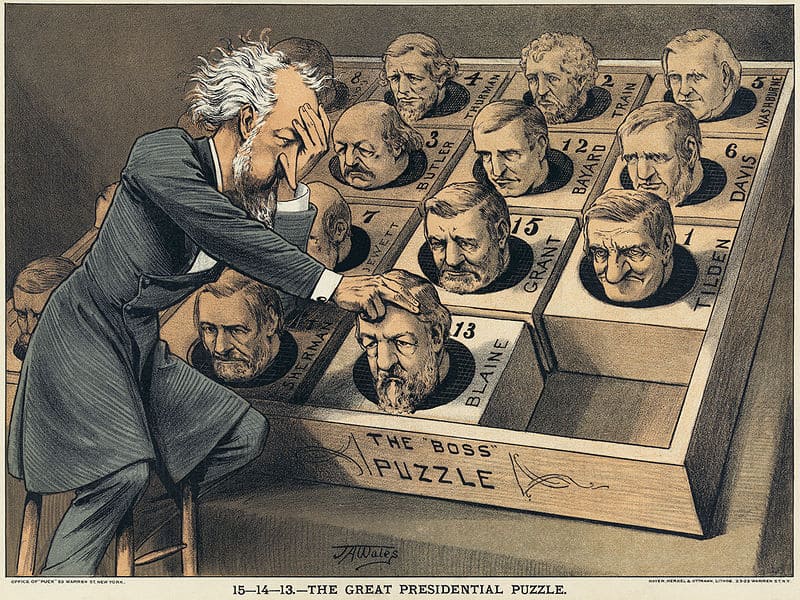
4. New York led in the development of vote manipulation under George Clinton
New York elected a governor and lieutenant governor in statewide elections beginning in 1777, and continued to do so every three years under the Articles of Confederation. Two New York men rose to national political prominence, Aaron Burr and George Clinton. Clinton vehemently opposed the Constitution and fought against its ratification, fearful that it granted too much power to the federal government at the expense of the states. His opposition took the form of verbal arguments, written documents for publication, and controlling the voting in New York.
Under Clinton, elections were controlled by moving the locations of the polling sites, in some districts, under the supervision of local sheriffs. New York was among the states which altered the requirement to own property in order to vote, (freeholds) and considered any object upon which taxes were paid when bought or sold, such as horses, as sufficient evidence of the owner’s right to vote. In some districts where Clinton supporters were prominent, tolls paid to use ferries and bridges were considered taxes. Clinton eventually served as the fourth vice president under Thomas Jefferson.

